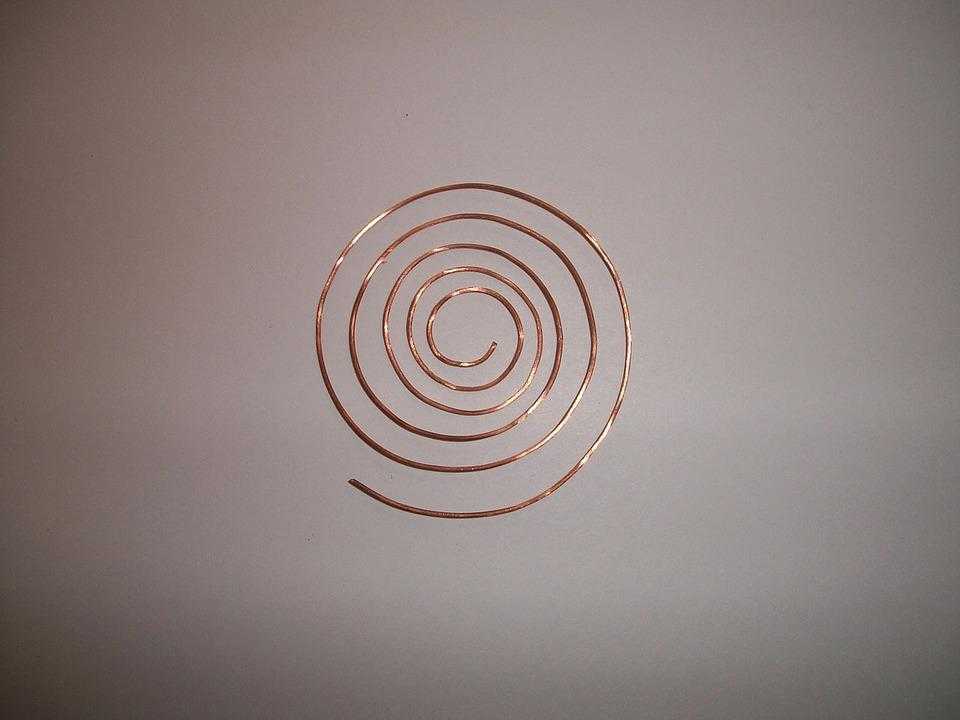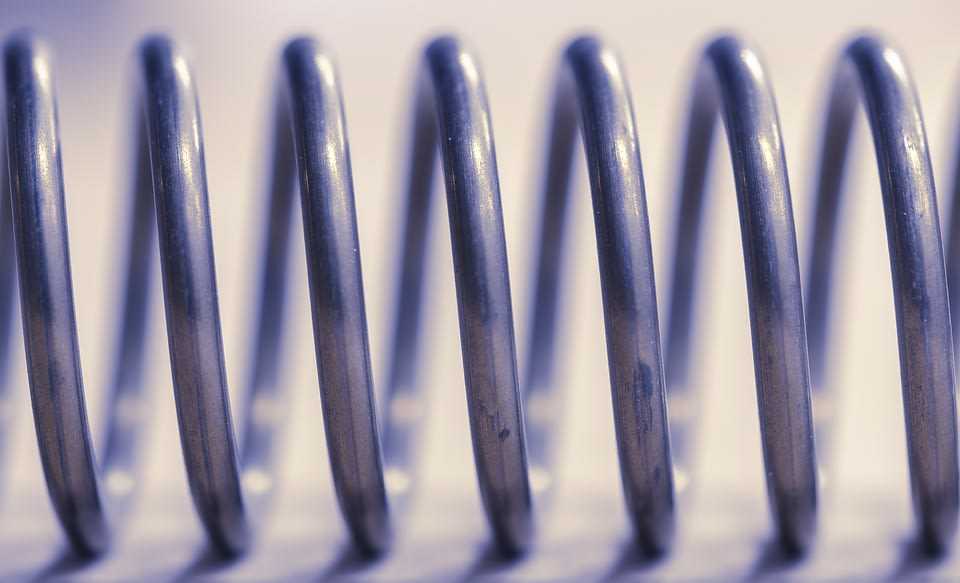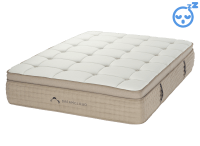Open Coil v Pocket sprung mattress, Comparison guide

Mattresses have come a very long way from where they started and springs have been there for most of its history. There is more to springs to making mattresses fun to jump on, so let’s have a look at innerspring and pocket spring mattresses and how they compare.
Innerspring mattresses
These are perhaps one of the more well-known forms of mattresses, likely due to them being the oldest. For this reason, they are often perceived as outdated or antiquated yet they still have a place in mattress manufacturing today. Steel coils were first introduced in 1857, but they were first used in mattresses 14 years after they were invented, by Heinrich Westphal who saw their potential. Though spring technology has advanced quite a lot since the advent of the innerspring it remains popular because they are cheap and are easy to mass-produce. That is why you’ll often find they are the lowest costing mattresses on the market.
The innerspring mattress consists of three layers, the base or foundation, the core and on top the upholstery. The base level is commonly made up of wool and it is what the coils in the mattress sit upon. The core is the network of interconnected coils that give the type of mattress its name. They are what provide the support for the person sleeping. The upholstery at the top is what brings comfort to the layered system. Due to being one single unit of interlinked coils movement of the mattress is more extreme and can lead to sloping because the coils that are being directly compressed will transfer the pressure upon them to the connected coils.

Pocket-sprung mattresses
These kind of mattresses arrived in 1899 after the engineer James Marshall saw the room for improvement in Heinrich Westphal’s initial application of spring coils. They are made by first manipulating very hot metal into coiled shapes. What makes it especially distinct is that they use sleeves or pockets to sheath the individually coiled springs in the core. These wrappings are usually made of cotton or polyester. The wrappings isolate the function of each coil, so instead of acting as a single unit, the core is made up of individualized springs, that are usually shaped cylindrically and respond independently concerning the level of ILD that it is subjected to. It is mostly the kind of material that is used to enwrap the individual coils which determines the level of comfort that the pocket-spring core will bring. They are stitched into the mattress underneath the comfort layer at the very top after being sheathed in the fabric. The Dreamcloud Luxury Hybrid is made up of pocket-sprung coils and its effects are emphasized through the masterful design of the mattress. You can have a closer look here:
Innerspring v pocket spring mattresses
Specific pressure relief
As innersprings are an interconnected set of coils they are not great at isolating the pressure points of a sleeping person. The areas where a person presses most into a mattress are in the hips and shoulders, which should be receiving special attention from the core of the mattress which of course an innerspring mattress cannot provide.

A pocket spring mattress has greater adaptability because each wrapped coil behaves in accord with the individual compression that it faces. Therefore the hip and shoulder areas will receive more pressure relief because they will be exerting more force upon those areas of the mattress. Therefore pocket spring mattresses will essentially respond to the person using them.
Motion isolation
It probably comes as no surprise that when it comes to motion isolation innerspring mattresses don’t perform too well. In innerspring mattresses motion is transferred very easily because the springs spread pressure throughout the core. This means compression can usually be felt on another side of the mattress to where it originated.
Pocket springs with their wrapped coils will allow a less amount of motion transfer since the region of compression will be isolated to where it occurs. However spring coils are genuinely poor performers for motion isolation, so even though pocket springs can outperform innerspring coils in this regard, the behavior of coils will prevent them from having a high level of motion isolation that you are likely seeking in a mattress.
General support
The innerspring mattress usually offers generally quite a high level of support due to the even distribution of weight across the mattress which comes down to the springs forming a single unit. For this reason, their support is more equal and consistent which helps with preventing excessive sinkage of the user.
The pocket spring mattress generally has better body-contouring properties than innerspring mattresses, but not to the level of viscoelastic foam mattresses. The support is highly responsive due to the individual movement of the spring components.

Coil shapes
Innerspring mattresses generally use hour-glass-shaped coils. These don’t have long life spans because the narrower parts of the coil in the middle tend to wear after dealing with consistent pressure. Pocket springs tend to be more durable due to using helical springs. These are ideal for bearing compression and usually make it a better option for durability.
What the gauge is
This is a term often used in the mattress industry and it refers to how thick the wiring used for the spring in a mattress is. However, the thicker the coil the lower its gauge, so high-gauge springs are actually low in thickness, which can be cause for confusion to those new to the term. A higher gauge then means the thinner the wiring of the spring. Of course, the lower the gauge does not necessarily mean the better the mattress. The range for gauge in a mattress usually doesn’t fall outside of the 12 to 15 bracket. A gauge of 12 is considered to be very supportive and very firm yet a gauge of over 14 is advised if you’re looking for a softer mattress that lets the body push further into the mattress than would be possible with a lower gauge. For great edge support, rod edges are recommended which are low-gauge. This prevents the big problem of the sides of the mattress sagging and extends the supportive surface of the mattress. This not only allows for more range of movement, but helps to distribute weight better too.
Lower-gauge spring mattresses generally last longer because the thicker wiring allows them to be more durable against constant compression.
Mattress coil count
The amount of coils that a mattress has usually determines the overall quality of the mattress. Typically the more individual coils a mattress has, the more supportive it will be. Pocket-spring mattresses generally contain a higher number of coils than an innerspring mattress and with the coils in a pocket spring being isolated, more coils mean more adaptability and body-contouring ability. The range for coils in a mattress goes from 600, all the way to 6000. According to experts the average coil count for mattresses that are thought of as high-quality is 1400. Usually, if a mattress is using over 1400 coils, it would be used as a multi-layer, with half of the coils stacked on the lower half. As coils absorb energy this would enhance the level of support that the mattress provides.
Get the sleep you deserve with our mattress and sleeping product reviews.
© Undercover Mattress 2022






